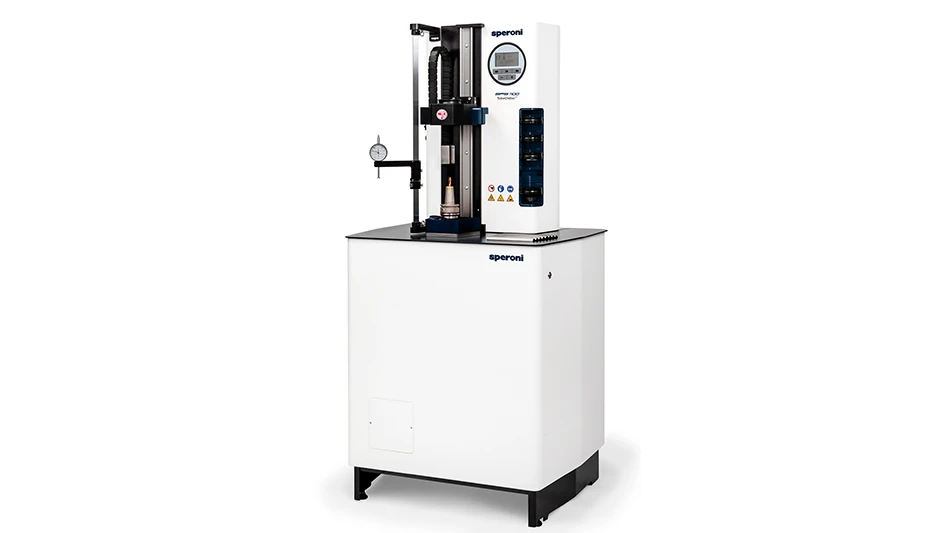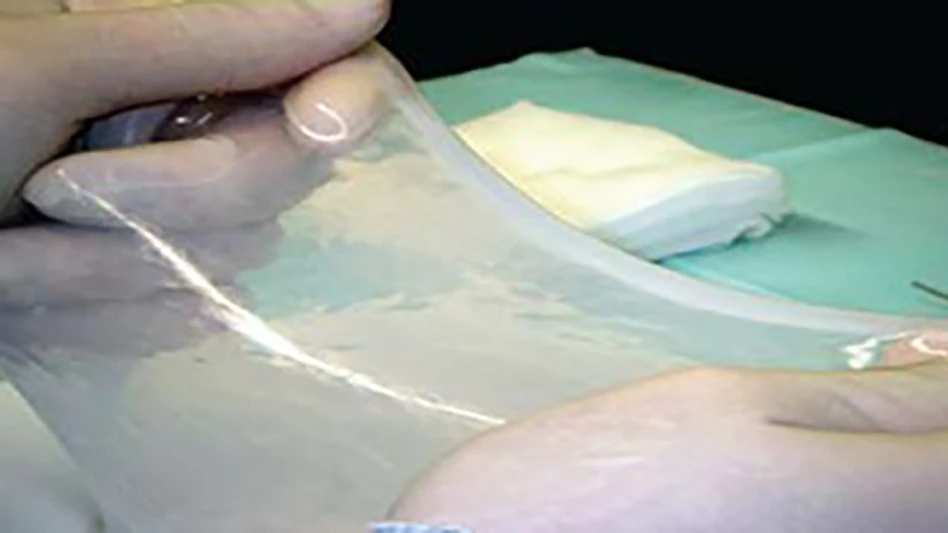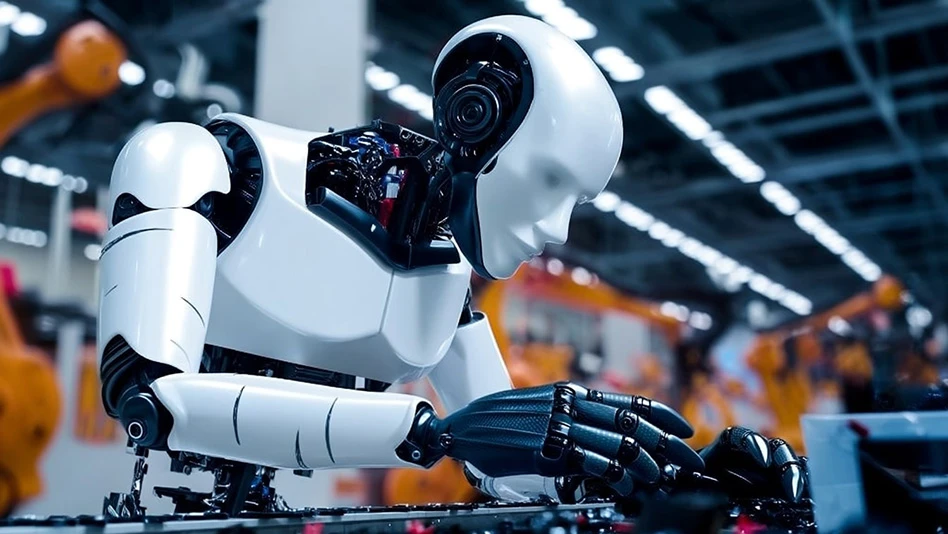Steve Tully knows how to set up a CNC manufacturing process that consistently stays within specifications, even though the parts may be geometrically complex with very tight tolerances. As a result, his company – Tully Mfg., a medical contract manufacturer located in Franklin, MA – has a substantial amount of work for a small shop; and it is growing. The range of parts his company manufactures includes orthopedic implants and instruments, and other critical tolerance-based components and assemblies.
Over the years, he has invested many millions of dollars in high-end precision CNC and metrology equipment. Tully and his team run multiple machining systems including six high speed mills, four wire EDMs, two sinker EDMs, and two lathes, many of which run lights out. Machine operators act as process engineers, inspectors, and programmers – enabling all Tully Manufacturing personnel to be crossed trained in all areas of quality and manufacturing. This lean mode of operation keeps the company both profitable and efficient, allowing Tully to invest in the latest technology available.
With CNC repeatability of 0.0001", Tully has complete confidence that he can hold typical 0.0005" tolerances with near zero scrap rates. He also understands that even with excellent manufacturing processes and equipment, metrology and quantifying quality for his clients is critical to their mutual success. “We invested heavily in CNC equipment to make the parts but realized inspection had to follow suit in order to validate our manufacturing processes to a higher resolution,” Tully states.
Since many of the features on the medical parts his company manufactures are small and inaccessible to touch probes, Tully knew that his primary inspection system had to be non-contact.
“We are challenged with inspecting parts with indicator tips when some features are as small as 0.006",” Tully explains.
He also realized they had to measure their devices and implants visually to achieve the level of accuracy that their customers demand.
After surveying several types of vision-based inspection systems, Tully selected L.S. Starrett’s Galileo AV300 with three-stage fiber incandescent lighting and a touch probe. The system’s small footprint, ease of use, support, and price convinced Tully it was the right product for his firm. Compared to other systems he considered, the total package provided more value and it included training and technical support from his local dealer.
During his in-house training, Tully and his team learned to utilize the multi-sensor metrology system in an automated fashion. As a result, they are more efficient at both metrology and inspection report documentation, which are automatically generated to accompany each manufacturing lot. The system requires little or no fixtures to position the components accurately onto the glass table. He can measure profiles in the X-Y plane using vision and Z-axis dimensions with the touch probe.
“What I found very surprising is that the vision and the touch probe data are calibrated to each other, and you can go back and forth between the two in any order you choose,” Tully states.
He also appreciates the ability to view 285 times magnifications on-screen so that a 0.005" feature is almost 1" wide on the screen. This makes it easy to detect surface imperfections and other miniscule blemishes that a CMM would never find.
A very useful feature of the system for Tully is the ability to import a DXF file that will be used to construct an on-screen profile tolerance zone much like you would with a comparator. Only the multi-sensor system automatically finds the profile and compares it to the virtual overlay. The program knows that if the profile does not touch either boundary in the overlay, then it is in spec. Tully likes this feature because it is a 100% inspection of the part, rather than the average of a certain number of points.
This capability turned out to be very useful recently when he had to measure 50 pieces that contained a wire EDM profile that had to be within 0.002" of true position from a radius that was 0.005" to the datum. Using the comparator, Tully estimates that it would have taken him about five minutes per part to move it manually on a comparator and verify that the profile fit within the overlay.
On the vision system, it took about 30 minutes to set up an automated measurement process and another two minutes apiece to measure each of the parts. That was a total savings of about two hours on one inspection job – time not taken away from other important tasks in the overall process.
“You cannot make it if you cannot measure it,” Tully says. “Because of this, automatic high-resolution profile measurement capability is “critical to our success.”
Tully cannot say exactly how much time his multi-sensor system is saving him overall, but scenarios like the one above occur many times every day.
“At the end of the day, we have to prove to our customers that we have made their parts accurately and to their specifications,” he states. “At the end of the day, it is not keeping up with our customer demands; it is staying ahead of them that will make a difference.”
The L.S. Starrett Co.
Athol, MA
starrett.com
Tully Mfg.
Franklin, MA
tullymfg.com

Explore the May 2011 Issue
Check out more from this issue and find your next story to read.
Latest from Today's Medical Developments
- Teleflex sells acute care and urology businesses for $2.03 billion
- HANNOVER MESSE: Where research and manufacturing meet
- What’s next for the design and manufacturing industry in 2026?
- Arcline to sell Medical Manufacturing Technologies to Perimeter Solutions
- Decline in German machine tool orders bottoming out
- Analysis, trends, and forecasts for the future of additive manufacturing
- BlueForge Alliance Webinar Series Part III: Integrate Nationally, Catalyze Locally
- Robot orders accelerate in Q3





